Technology
Advanced Multipath Mitigation
The GNSS receiver measures the transit time of signals sent by the GNSS satellites and calculates its position from the distances between the receiver and the satellites.
When the GNSS receiver antenna is not receiving directly the satellite signals but reflections of these signals, a position error may occur since the computation of the distances between the receiver and the satellites may be biased.
The use of the Advanced Multipath Mitigation function allows FURUNO's GNSS receiver chips and modules to mitigate position errors caused by the reception of the reflected signals.
The Advanced Multipath Mitigation function allows the receiver to distinguish directly received signals from reflected signals and processes them all to compute accurate positions and provide precise ground tracking.
Actual positioning data of eRideOPUS 7 with Advanced Multipath Mitigation enabled & disabled in the deep urban canyon of Osaka downtown, Japan.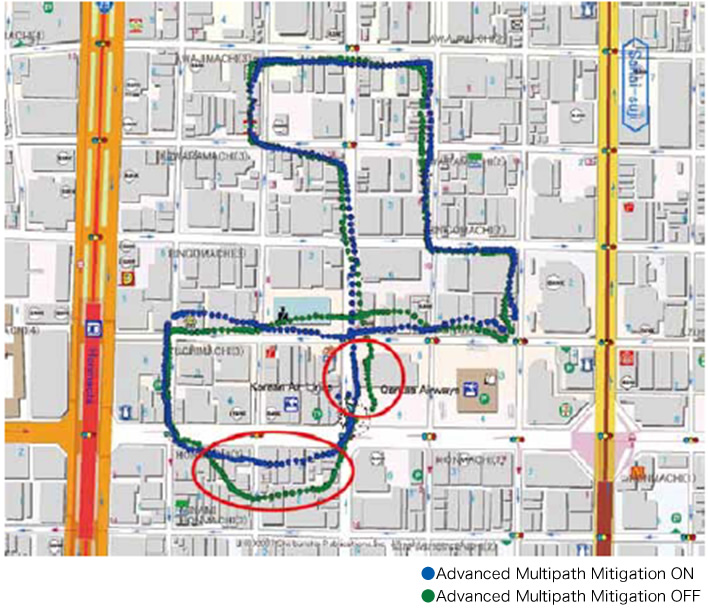
Related Products
-
NEW
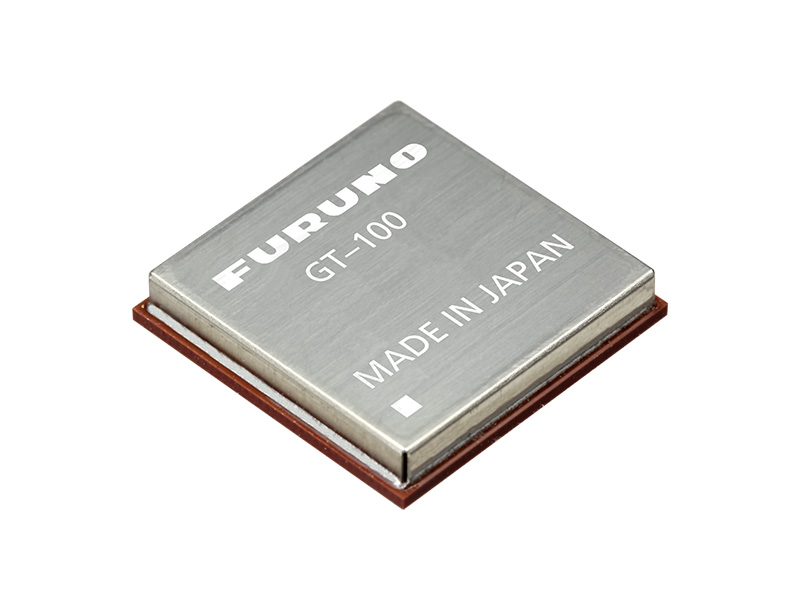
Timing Multi-GNSS Receiver Module Model GT-100
Achieves the world's highest robustness and stability by receiving dual band(L1/L5)
-
NEW
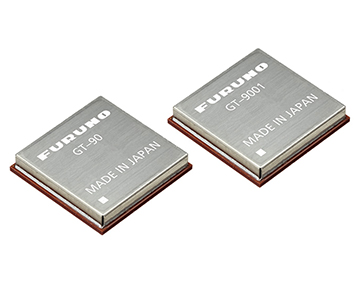
Timing Multi-GNSS Receiver Module Model GT-90/GT-9001
Achieves the world's highest stability, less than 4.5 ns (1σ), under open-sky conditions, with a L1 single band receiver
-
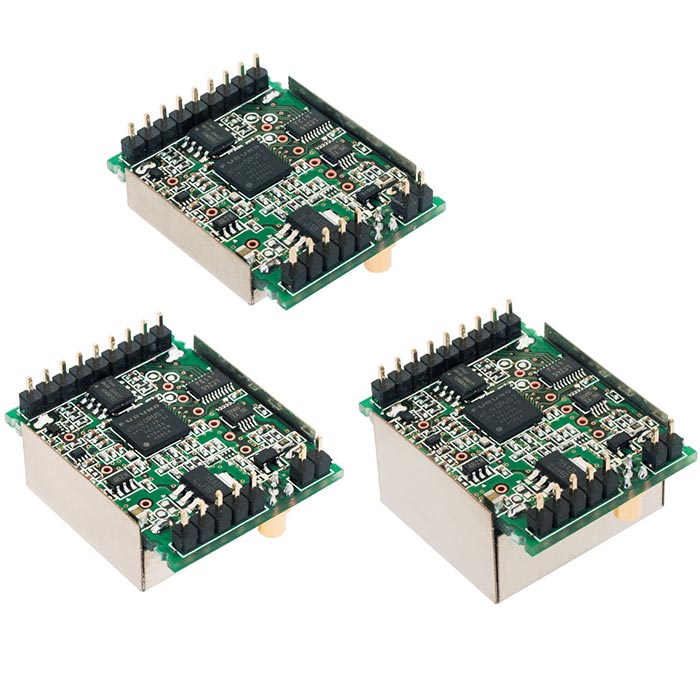
Multi-GNSS Disciplined Oscillator Model GF-8801/02/03
Ultra-small size form factor featuring atomic clock level frequency stability with 24h holdover.
-
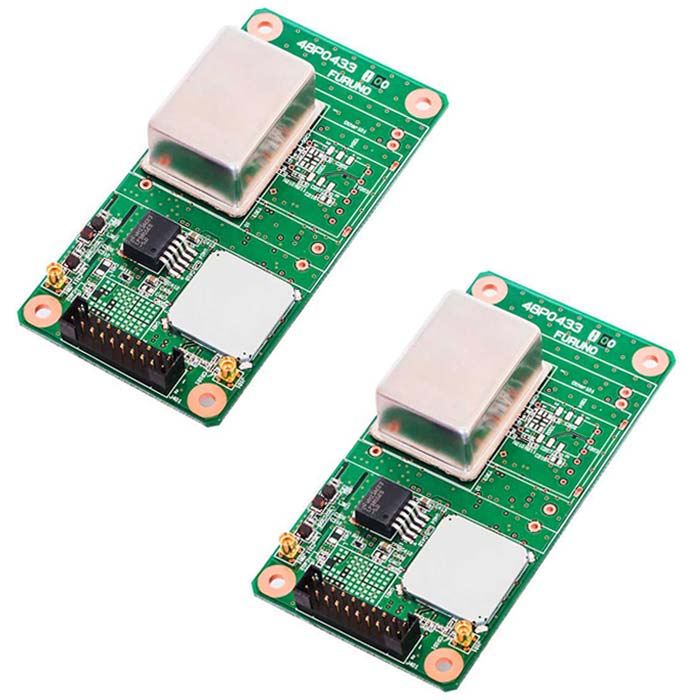
Multi-GNSS Disciplined Oscillator Model GF-8804/05
Atomic clock class stability GNSSDO
24-hour holdover performance comparable to Rubidium
List of Technologies
-
What is GPS?


-
Multi-GNSS (Multi-frequency GNSS)


-
Supporting Android™

-
Dead Reckoning(DR)

-
Advanced Multipath Mitigation


-
Active Anti-Jamming


-
Anti-jamming performance of FURUNO Multi-GNSS timing receivers

-
Positioning at 10Hz update rate

-
Self-ephemeris™

-
AGNSS (Assisted GNSS)


-
High sensitivity GPS


-
FURUNO GPS/Multi-GNSS Disciplined Oscillator (GPSDO/GNSSDO)

-
GPS/GNSS GlossaryNEW

-
Strengthening Critical Global Infrastructure: Ushering in an Era of Dual Band GNSS Signal Reception for Time SynchronizationNEW

-
Introduction to GV series products(Flash film contents)

-
What is Frequency generator?(Flash film contents)

